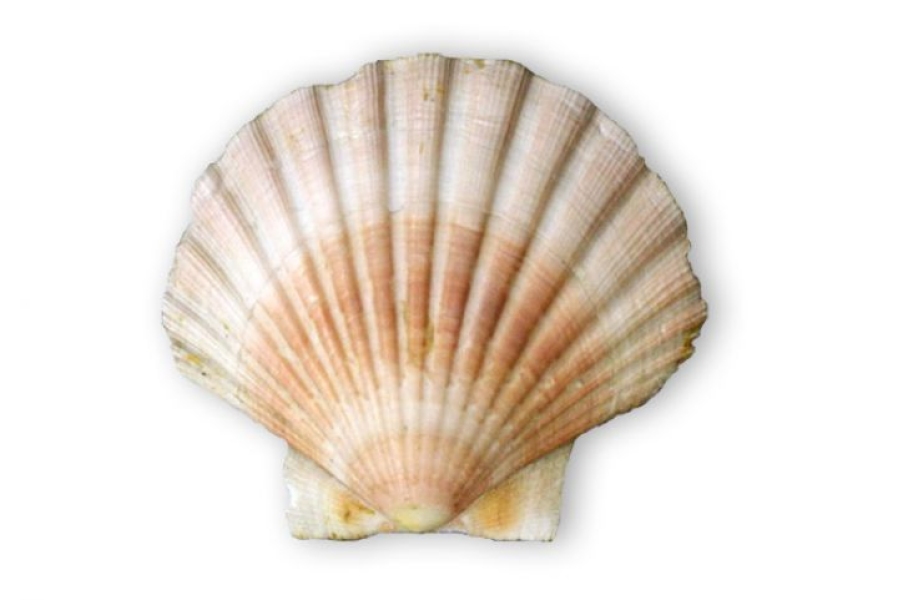Changes to the local environment and over harvesting have damaged shellfish populations in many estuaries. These projects examine the most effective way to restore these habitats and allow healthy populations of shellfish to return.
The problem
Shellfish beds in some New Zealand estuaries have declined due to habitat modification and over harvesting. Some causes of habitat change include:
- pollution from agricultural and human sources, such as chemical, nutrients or sewage;
- sedimentation due to catchment development , dredging, factory discharges, or forestry.
In addition, invasive species such as Pacific oysters and black swans can compete with or eat native shellfish and seaweeds. Before starting a restoration project there are some important things to consider. Is the site suitable for the re-establishment of shellfish? Have the previous site disturbances been removed? What do we know about the ecology and life history of the target species? Once the disturbances are removed and the habitat is deemed suitable for the species, the method of shellfish restoration can be investigated. Will the area recover naturally, or can we give it a helping hand by reintroducing shellfish?
Understanding natural shellfish colonisation processes
Habitat suitability
Estuaries in New Zealand are composed of a mosaic of different sediment/habitat types, including bare sand or mud, mangroves and seagrass. Particular shellfish species often show preferences for particular sediment types where their growth and survival (and thus abundances) are best. To ensure successful shellfish re-establishment at a site, it is important to make sure the habitat, hydrodynamic conditions and food supply at the site are preferred by the species, to ensure the best chance for maximum growth and survival.
Disturbances
Disturbances such as sedimentation and organic and inorganic pollutants can affect the suitability of an area for shellfish restoration (Cummings & Thrush 2004). For example, sediment inputs may change the relative proportions of different habitat types, or even eliminate some of them, meaning they are no longer suitable for supporting healthy populations of some species.
Terrestrial sediments have been shown to negatively affect juvenile shellfish (Cummings et al, 2009). It is vitally important to eliminate any ‘disturbances’ and to ensure that there is a suitable habitat available, so restoration efforts are not wasted and the reintroduced shellfish are able to survive and grow.
Ecology
What do we know about the life history and ecology of the species? To determine whether a habitat is suitable for a species, a good understanding of the animals’ life history and ecology, and how they interact with other species, is needed. Knowing how they move around as larva, juveniles and adults is also important.
For example, soft sediment shellfish generally undergo two stages of transport (1) pelagic transport, where they are suspended in the water column and moved with the currents (most common in larval and juvenile life stages) (Cummings et al., 1995) and (2) benthic transport, where they crawl across the sediment surface or roll along the seafloor with the currents (Lundquist et al., 2004; Lundquist et al, 2006). This information helps decide what life-stage of the shellfish to work with, by giving you an idea of whether they are likely to remain there or how far away they might travel.
External People Involved:
Sarah Hailes and Kelly May



